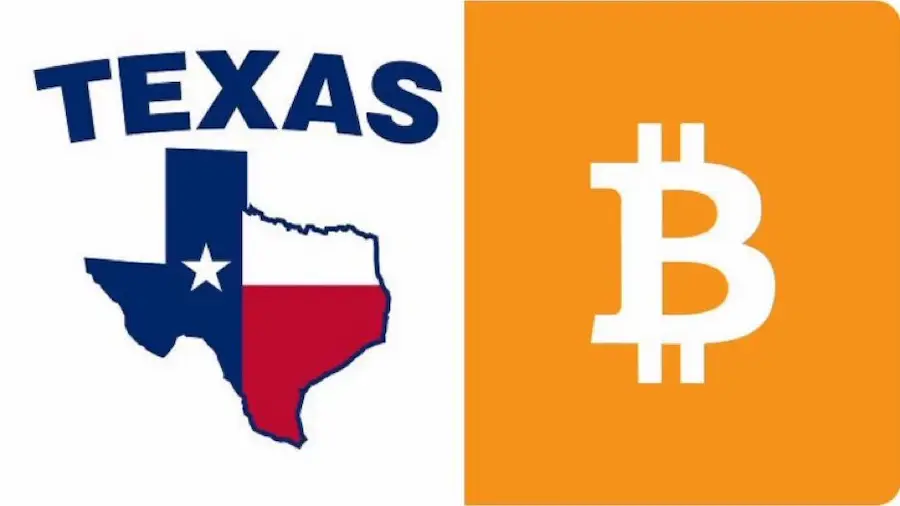- US Dollar Shows Strength Ahead of Wednesday’s Fed Decision and Labor Market Data
- Fed expected to remain data-driven but leave door open for September rate cut
- Markets are extremely confident of a 25 basis point cut in September
The US dollar, represented by the DXY index, advanced on Monday despite looming uncertainties. The market remains on tenterhooks with a possible rate cut in September by the Federal Reserve (Fed) uncertain, but optimism surrounding the strength of the US economy is easing anxieties. The Fed’s decision on Wednesday and labor market data will guide markets this week.
There is growing evidence of disinflation in the current US economic outlook, solidifying the market’s belief in a possible rate cut in September. However, the broader economy is showing strength, as evidenced by recent data surprises such as the second quarter Gross Domestic Product (GDP) and the S&P Global PMIs for July, which could give the Fed reasons not to rush into a rate cut.
Daily Market Wrap: US Dollar Strengthens Ahead of July Jobs Data and FOMC Meeting
- The two-day FOMC meeting concludes on Wednesday with a possible commitment to keep rates unchanged
- Market players acknowledge that the strong performance of the US economy does not justify immediate action by the Fed, but the September FOMC meeting is predicted to bring a possible rate cut into focus.
- Chairman Powell’s press conference has the potential to influence markets, but is likely to continue his precedent of focusing on labor market uncertainty
- In this sense, the labor market data that will be published throughout the week will guide the market’s bets regarding the September decision.
Dollar Index DXY Technical Outlook: Bearish Signals Pause as Index Approaches 20-Day SMA
Overcoming initial signs of struggle, the DXY index is now bouncing off the 200-day simple moving average (SMA). The 20-day SMA is now seen as the next target. However, key indicators such as the RSI and MACD, though still in the red, are approaching positive territory.
Continued support is seen at 104.30 and 104.15 levels, while resistance is seen at 104.60 and 104.80 levels.
The U.S. dollar
The United States Dollar (USD) is the official currency of the United States of America, and the de facto currency of a significant number of other countries where it is in circulation alongside local banknotes. As of 2022, it is the most traded currency in the world, accounting for over 88% of all global foreign exchange transactions, equivalent to an average of $6.6 trillion in daily transactions. Following World War II, the USD took over from the British Pound as the world’s reserve currency.
The single most important factor influencing the value of the US dollar is monetary policy, which is determined by the Federal Reserve (Fed). The Fed has two mandates: to achieve price stability (control inflation) and to promote full employment. Its main tool for achieving these two goals is to adjust interest rates. When prices rise too quickly and inflation exceeds the Fed’s 2% target, the Fed raises rates, which helps the dollar. When inflation falls below 2% or the unemployment rate is too high, the Fed can lower interest rates, which weighs on the dollar.
In extreme situations, the Federal Reserve can also print more dollars and enact quantitative easing (QE). QE is the process by which the Fed substantially increases the flow of credit in a jammed financial system. It is an unconventional policy measure used when credit has dried up because banks are not lending to each other (for fear of counterparty default). It is a last resort when simply lowering interest rates is unlikely to achieve the necessary result. It was the Fed’s weapon of choice to combat the credit crunch that occurred during the Great Financial Crisis of 2008. It involves the Fed printing more dollars and using them to buy US government bonds, primarily from financial institutions. QE typically leads to a weakening of the US dollar.
Quantitative tightening (QT) is the reverse process whereby the Federal Reserve stops buying bonds from financial institutions and does not reinvest the principal of maturing securities in new purchases. It is generally positive for the US dollar.
Source: Fx Street
I am Joshua Winder, a senior-level journalist and editor at World Stock Market. I specialize in covering news related to the stock market and economic trends. With more than 8 years of experience in this field, I have become an expert in financial reporting.







